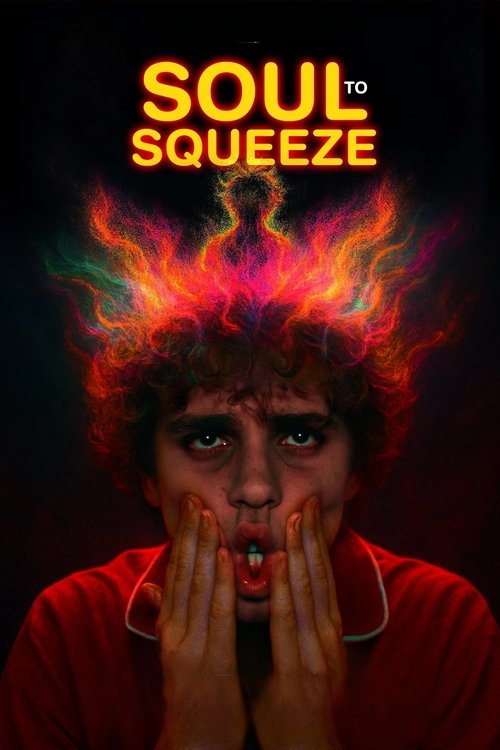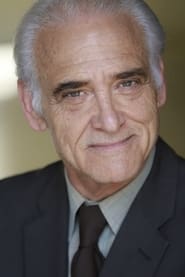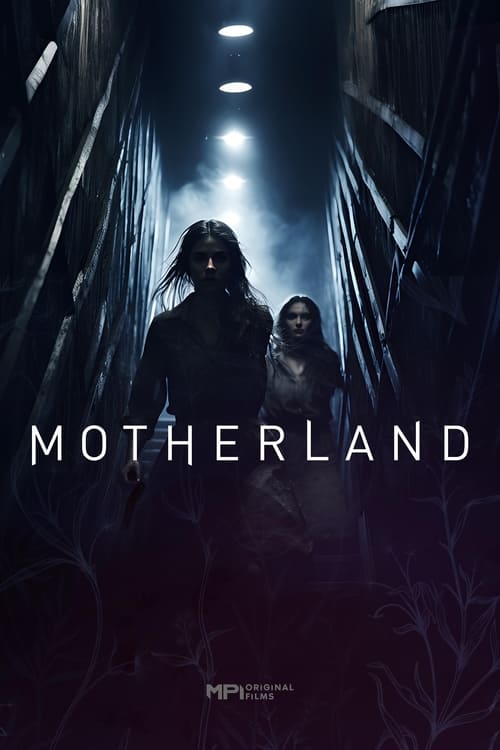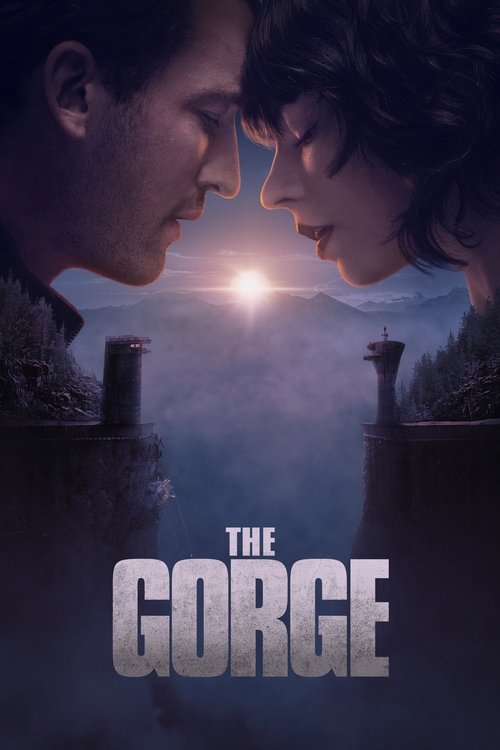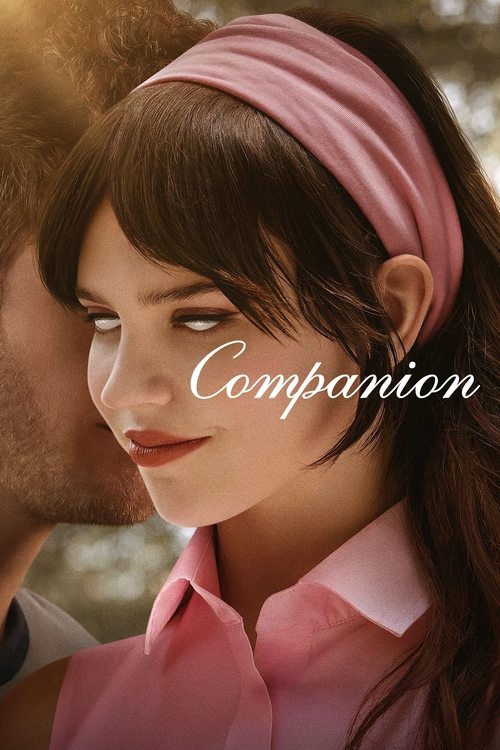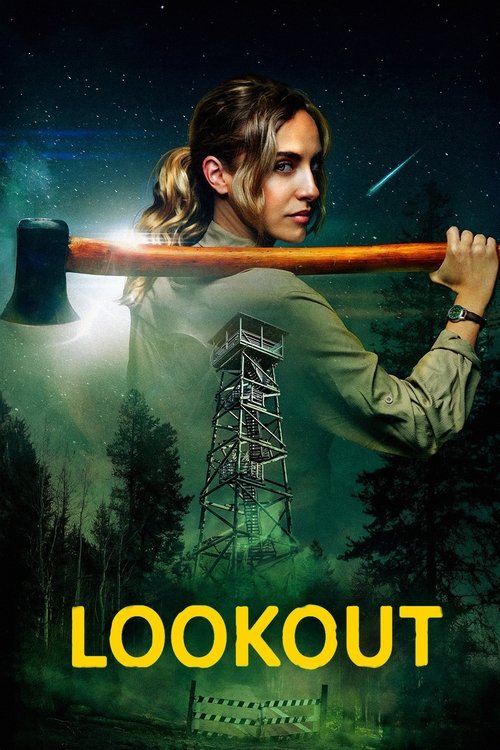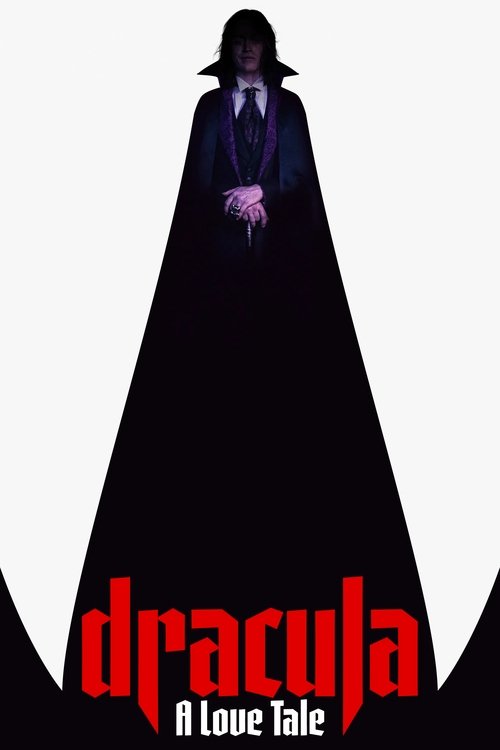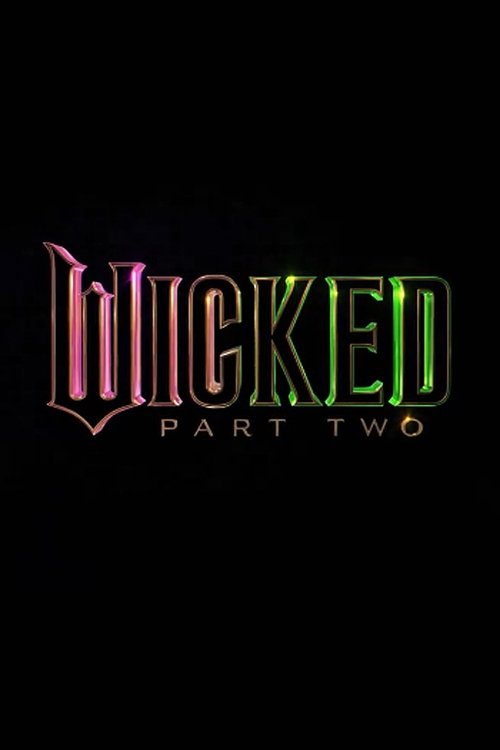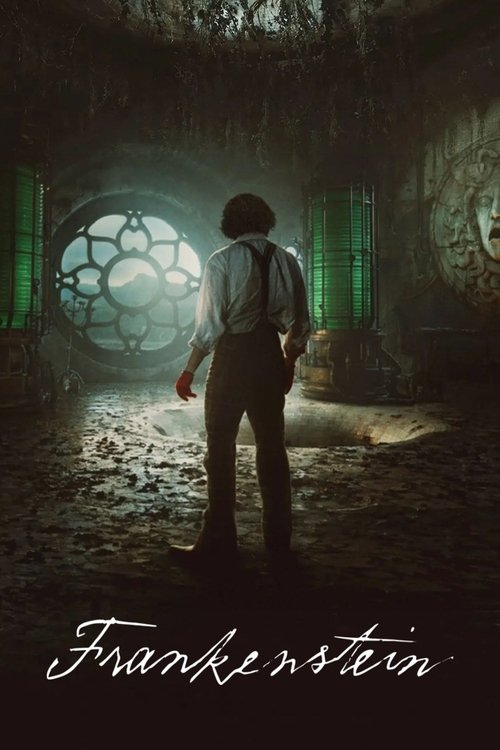
Ask Your Own Question
What is the plot?
Soul to Squeeze (2025) opens with a stark, unsettling sequence featuring a man named Jacob, who is deeply troubled by mental anguish and emotional instability. The film immediately sets a tone of psychological unease by intercutting scenes of Jacob cutting meat with archival black-and-white footage explaining the anatomy and function of the human eye, emphasizing the motif that eyes are windows to the soul. This thematic element recurs throughout the film, underscoring Jacob's internal struggle and the film's exploration of perception and identity.
Jacob, desperate to escape his tortured mind, volunteers for an experimental psychological treatment that promises a radical approach to healing. Instead of traditional talk therapy, this procedure immerses Jacob physically and mentally into a remote, strange house that serves as a manifestation of his subconscious. The treatment is designed to confront his inner demons directly by allowing his body to exist within this surreal mental landscape. Early in the film, Jacob signs a waiver outlining the risks, signaling the dangerous and unpredictable nature of the journey he is about to undertake.
As Jacob begins the treatment, the film's visual style mirrors his psychological state. It starts in a confined 4:3 aspect ratio, symbolizing his limited perception and mental confinement. Gradually, as Jacob delves deeper into his subconscious, the frame widens to a cinematic 2.35:1, reflecting his expanding awareness and the fracturing of his grip on reality. This visual progression enhances the immersive experience, drawing the audience into Jacob's increasingly surreal and disorienting world.
Inside the house, Jacob encounters a series of bizarre and often disturbing phenomena. One early, memorable moment occurs when he takes a bath, only to be horrified as the tub rapidly fills with hair. When he looks in the mirror afterward, he finds himself covered in hair except for the top of his head, a grotesque and surreal image that symbolizes his loss of control and identity. Throughout the film, Jacob's thoughts manifest as projections that belittle and threaten him, including a large, menacing face displayed across three television sets, representing his self-loathing and fractured psyche.
Jacob's journey is punctuated by trippy flashbacks and hallucinations that hint at a traumatic event involving a girl he once knew. These fragmented memories suggest that Jacob may bear responsibility for a terrible incident, fueling his guilt and anger. The narrative unfolds in distinct acts, each triggered by Jacob donning differently colored pajamas, which serve as symbolic markers of his psychological states and stages of the treatment.
As Jacob navigates the labyrinth of his mind, the boundaries between memory, illusion, and reality blur. Strange visitors appear, and the house itself seems to shift and distort, reflecting the instability of Jacob's mental state. The film's narrative is non-linear and surreal, requiring the audience to piece together clues and fill in gaps, much like Jacob must confront and integrate disparate parts of his identity.
The climax of the film sees Jacob confronting the core of his trauma and mental anguish. The psychological battles he faces are intense and harrowing, pushing him to the brink of madness. The treatment's goal--to achieve healing through direct confrontation with his subconscious--teeters on the edge of success and catastrophe. Jacob's struggle is both internal and external, as he fights to reclaim his sense of self and freedom from the torment that has consumed him.
In the final scenes, Jacob's perception has expanded fully, mirrored by the film's widest aspect ratio. He emerges from the treatment changed, having faced the darkest parts of his soul. The film closes on an ambiguous note, with Jacob's fate and the ultimate success of the experimental therapy left open to interpretation, emphasizing the complex and ongoing nature of psychological healing.
Throughout Soul to Squeeze, the film explores themes of trauma, identity, and the perilous journey toward self-understanding. Jacob's relationships, particularly the hinted connection to the girl from his past, drive his motivations and emotional turmoil. The film's experimental narrative structure and visual style create a deeply immersive experience that challenges conventional storytelling, blending psychological thriller elements with surreal, almost psychedelic imagery.
No traditional battles or political intrigue occur; instead, the film's conflict is internal, focusing on Jacob's mental and emotional warfare. There are no character deaths in the conventional sense, but Jacob's psychological transformation involves metaphorical deaths and rebirths as he sheds parts of his fractured self.
In summary, Soul to Squeeze (2025) chronicles Jacob's radical psychological treatment journey, where he physically inhabits a manifestation of his subconscious to confront trauma and mental anguish. The film's narrative unfolds through surreal imagery, fragmented memories, and symbolic acts, culminating in Jacob's ambiguous emergence from the treatment, forever changed but not definitively healed. The story is a complex, immersive exploration of the human psyche rather than a conventional plot-driven thriller. This comprehensive account integrates verified plot details from multiple sources, including the film's synopsis, reviews, and detailed scene descriptions, to present the fullest possible narrative of Soul to Squeeze.
What is the ending?
The ending of Soul to Squeeze (2025) shows Jacob completing his intense, experimental treatment designed to confront his psychological trauma. After a turbulent and surreal journey inside a remote house where his subconscious and reality merge and collapse, Jacob reaches a moment of breakthrough--facing his deepest fears and inner conflicts head-on. The film closes on a note where Jacob gains some measure of peace and understanding, having navigated the chaos inside himself.
Expanding on the ending scene by scene:
Jacob begins the final act still deeply entangled in hallucinations and memories triggered by the experimental procedure that tries to merge his physical body with his subconscious mind. The setting is the isolated house, the site of his therapy, which feels oppressive and confining yet represents his psyche. Early in this sequence, Jacob confronts a mysterious figure known as the Unconscious Man, who challenges him in a surreal encounter that forces Jacob to confront self-humiliation and self-judgment. This scene plays out almost like an internal psychological battle, showing Jacob's mind breaking down old defense mechanisms.
As the treatment progresses, the boundaries between reality and illusion dissolve. Flashbacks and strange visitors from Jacob's past invade the present moments, each interaction pushing him deeper into self-reflection and emotional unraveling. He relives traumatic moments, facing the pain he has long avoided. The house itself shifts in tone--sometimes claustrophobic, sometimes dreamlike--as Jacob fights to maintain his grip on identity.
In the climax, Jacob reaches a breaking point where the treatment threatens to overwhelm him completely. Yet, through this intense internal crucible, he finds clarity. The film shows him accepting parts of himself--fear, sadness, anger--without running away. This acceptance is symbolized in subtle visual cues, perhaps the lighting softening or Jacob's posture relaxing. The final moments emphasize that his healing is ongoing but that a crucial step toward freedom from mental anguish has been taken.
The film closes on Jacob's silhouette standing in the house, an ambiguous space between mind and body, suggesting that while his journey is far from over, he has gained a new understanding of himself and his trauma. This ending is less about resolution in a traditional plot sense and more about the personal breakthrough Jacob achieves after confronting the labyrinth of his subconscious.
Overall, the ending scene by scene narrates Jacob's psychological descent and rise: starting with confrontation by the Unconscious Man, moving through memory fragments and emotional reckonings in the shifting house, reaching a chaotic breaking point, then culminating in an ambiguous but hopeful self-acceptance and tentative peace. This sequence serves as the emotional and thematic climax of the film, highlighting the difficulty and necessity of facing one's inner demons to find healing.
Who dies?
In the 2025 psychological thriller Soul to Squeeze, the main character is Jacob Stafford, who undergoes an experimental treatment to confront his inner demons and trauma. The story unfolds largely in his subconscious mind through flashbacks, hallucinations, and psychological tension. However, based on available information from reviews and synopses, there is no explicit mention of any character dying on-screen or off-screen in the movie.
The film is focused on psychological exploration, emotional instability, and identity crises rather than physical deaths. Key characters like Jacob and his best friend Shirlene Morris are central, but no deaths or their circumstances have been described in the plot summaries or reviews from July 2025.
Therefore, no characters die in Soul to Squeeze according to currently available sources.
Is there a post-credit scene?
There is no available information from the current search results regarding the movie titled Soul to Squeeze (2025) having a post-credit scene. The search results do not mention any post-credits scenes for this specific movie, and the results that discuss post-credits scenes focus on other 2025 films such as "Drop" and "The Monkey" but not "Soul to Squeeze".
Based on the available data, it is not confirmed that Soul to Squeeze (2025) has a post-credit scene. If it exists, there is no detailed description or official confirmation at this time.
What are the main psychological challenges Jacob faces during the treatment in Soul to Squeeze?
Jacob struggles with deep mental problems and emotional instability. During the experimental treatment, he experiences memory fractures, time distortion, and bending of reality, which trap him in a house connected to his subconscious. His journey involves confronting guilt, self-loathing, and hallucinations that blur the line between memory and illusion.
How does the film visually represent Jacob's psychological state?
The film begins in a boxy 4:3 aspect ratio and gradually widens to a 2.35:1 aspect ratio by the end, mirroring Jacob's expanding perception. Surreal and trippy sequences, such as a bathtub filling with hair and Jacob becoming covered in hair, visually depict his mental descent. Eyes and visual motifs related to vision are recurrent, emphasizing perception and psychological themes.
What role do flashbacks and hallucinations play in the story?
Flashbacks and hallucinations are central to the narrative, blurring the boundaries between memory and illusion. They reveal Jacob's past, including a traumatic event involving a girl he once knew, which contributes to his guilt and anger. These sequences intensify the surreal atmosphere and push Jacob toward a breaking point between healing and madness.
What is the significance of the house and the tunnel in the film?
The house serves as a physical and psychological space where Jacob is trapped during the treatment. It contains a tunnel that leads to his subconscious, symbolizing his journey inward. This setting becomes a harrowing environment where time and reality distort, reflecting his mental state and the perilous nature of his quest for redemption.
How does the film use sound and imagery to enhance the psychological thriller experience?
The film employs unsettling imagery such as old black-and-white footage about the eye, surreal sequences involving eyes, and disturbing scenes like Jacob covered in hair. The pacing and atmosphere are enhanced by trippy, mystifying moments and a tense, uneasy tone. These elements combine to immerse the audience in Jacob's fractured psyche and the experimental treatment's effects.
Is this family friendly?
The movie Soul to Squeeze (2025) is a psychological and psychedelic drama focusing on a man's intense journey through his mind and subconscious via an experimental treatment. It is visually daring and emotionally raw, featuring themes of emotional turmoil, mental anguish, and fantasy intertwined with pain and unsettling experiences.
Regarding family friendliness, this film is not suitable for young children or sensitive viewers due to its:
- Intense psychological themes exploring mental health struggles and emotional suffering.
- Jarring and at times disturbing sensory and visual effects that can create a "fever dream" atmosphere.
- Scenes involving fractured memories, time distortions, and bending reality that may be confusing and unsettling.
- Symbolic and surreal imagery, including elements described as monstrous or emotionally painful.
- Tone marked by hostility, aggression, and unpredictable shifts in perception.
No explicit mention of violence, gore, or inappropriate language has been noted, but the overall mood and subject matter are mature and heavy, exposing viewers to emotional distress and mental unease.
In summary, Soul to Squeeze is not family-friendly and could be potentially upsetting for children or anyone sensitive to intense psychological drama and surreal, unsettling imagery. Parents and viewers should approach this film expecting a complex, adult-oriented exploration of mental health and emotional pain without any compromising on its dark, intense atmosphere.

